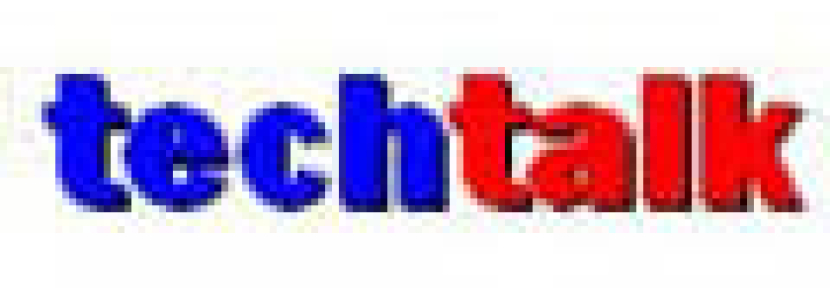
A geofence is a virtual perimeter around a geographic area, such as a hotel, a conference center, an exhibition or any another arbitrary boundary. When a mobile device using a geofence service enters or exits a geofence, the device receives a notification which often is in the form of an alert or a mobile coupon. A geofence notice may be sent to another mobile phone or email account as well. Although a relatively new concept, geofencing is beginning to be used for marketing, security, and anti-theft purposes.
iBeacons
Specifically, iBeacon is a new geofencing technology which will likely have a major impact on events. iBeacon transmitters use Low Energy Bluetooth (BLE) also known as Bluetooth 4.0. iBeacons can exchange information with iOS and Android devices to create engagement opportunities at events. They have multiple benefits: the beacons are low cost (as low as US$10 each), low power/maintenance (a device can last over a year on a single battery) and have up to a 150 foot (50 meter) range. Unlike NFC (Near Field Communication), iBeacon has been embraced by Apple’s iOS, which opens the opportunities to a broader range of mobile users.
iBeacons can be used for events to assist in:
- Location information and navigation assistance: A geofence can notify attendees where they are on a map and give help on where they wish to go.
- Gamification and scavenger hunts.
- Attendee welcome and other location-based alert notifications or app launching upon arrival.
- Attendees could automatically check-in to an event zone. A badge could be printed automatically upon arrival with a notification sent to the recipient with the badge printer location.
- Social media networking and information exchange. The communication can be two-way so, with user permission, the phone app can transmit contact information, social media profiles, specific meeting room access information, meal tracking, food preferences, and much more. Communication between attendees can be enhanced with notification/pictures/information about who is nearby.
- Lead exchange/tracking.
- Exhibit booth dwell time measurement.
- Automated demonstrations (videos, etc.) for exhibit booth products or any other interest point in a conference venue.
- Exhibitors could send out targeted messages to different categories of participants.
- Automated continuing education unit (CEU) tracking.
- The venues could provide information to visitors. Local area merchants could send discount coupons to convention attendees.
- AV companies or venues could be notified if unauthorized equipment with an RFID tag linked to a geofence is removed from the premise.
- Attendee action metrics: Organizers will be able to track where attendees are spending their time and can be notified of traffic patterns (i.e. an inordinately long registration line). These data can be very helpful for marketing and event logistics improvement.
iBeacons were used at the world’s largest trade show (CES 2014) for a scavenger hunt to encourage attendees to navigate the large set of exhibit halls. They are being installed in sport arenas to engage fans and in museums such as the Rubens House in Antwerp to provide visitors location-based information about what they are seeing. Geo-positioning technologies are being developed by app companies including DoubleDutch.com, TapCrowd and Topi with specific event applications.
There are some drawbacks to iBeacons. Bluetooth must be switched on in order to receive iBeacon information. This takes power, and some mobile users turn off Bluetooth to extend battery life. Also, some people may not opt-in due to privacy concerns or not wanting a stream of alert notifications. However, if there is a demonstrated value, such as the numerous ones listed above for events, there will be a good chance of high utilization.
iBeacon technology
Geofencing and proximity-based technology will provide new ways of providing attendee engagement, attendee interaction and information. These new technologies are exciting examples of how the quickly changing arena of mobile technology will have very significant effects on events and tradeshows.
Corbin Ball, CMP, CSP, is a speaker and independent third-party consultant focusing on meetings technology. With 20 years of experience running international citywide technology meetings, he now helps clients worldwide use technology to save time and improve productivity He can be contacted at his extensive web site: Corbin Ball Associates – Meetings Technology Headquarters; and followed at: www.twitter.com/corbinball.




